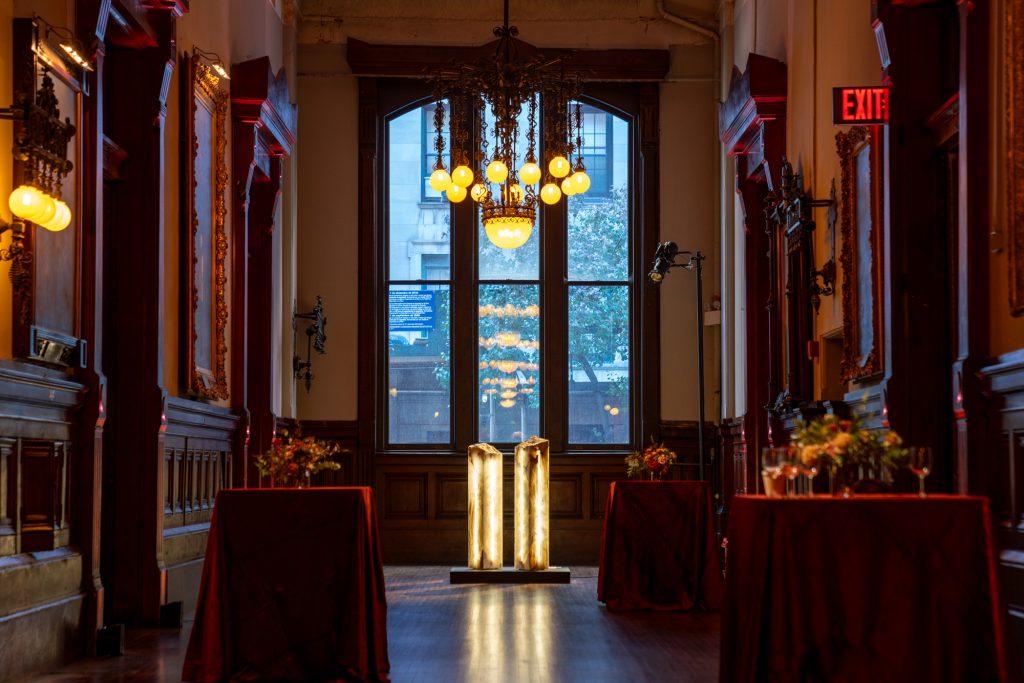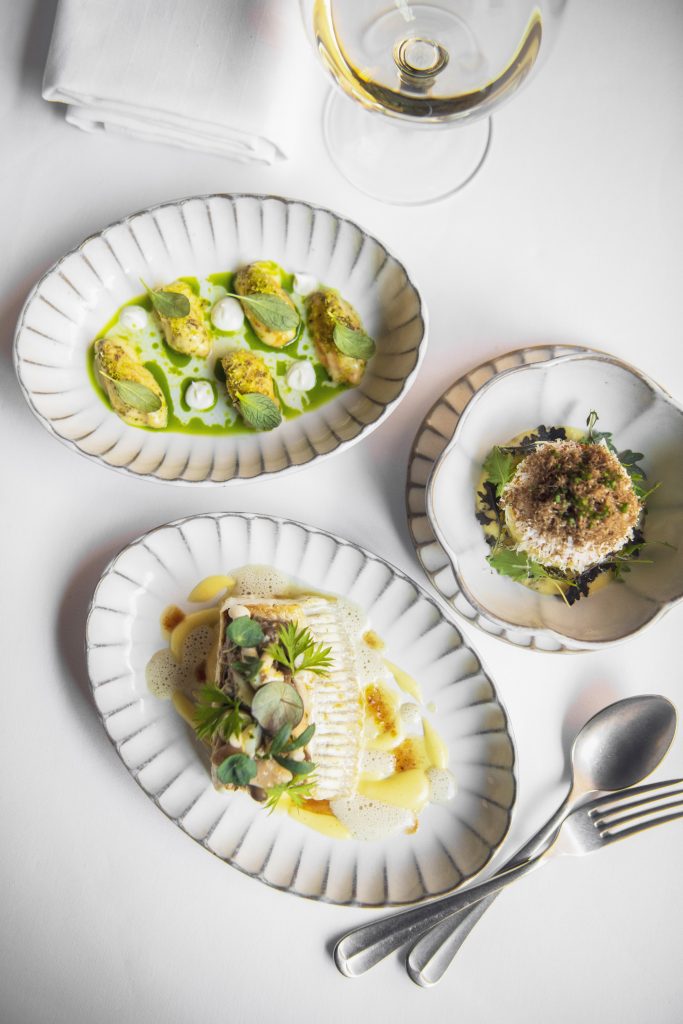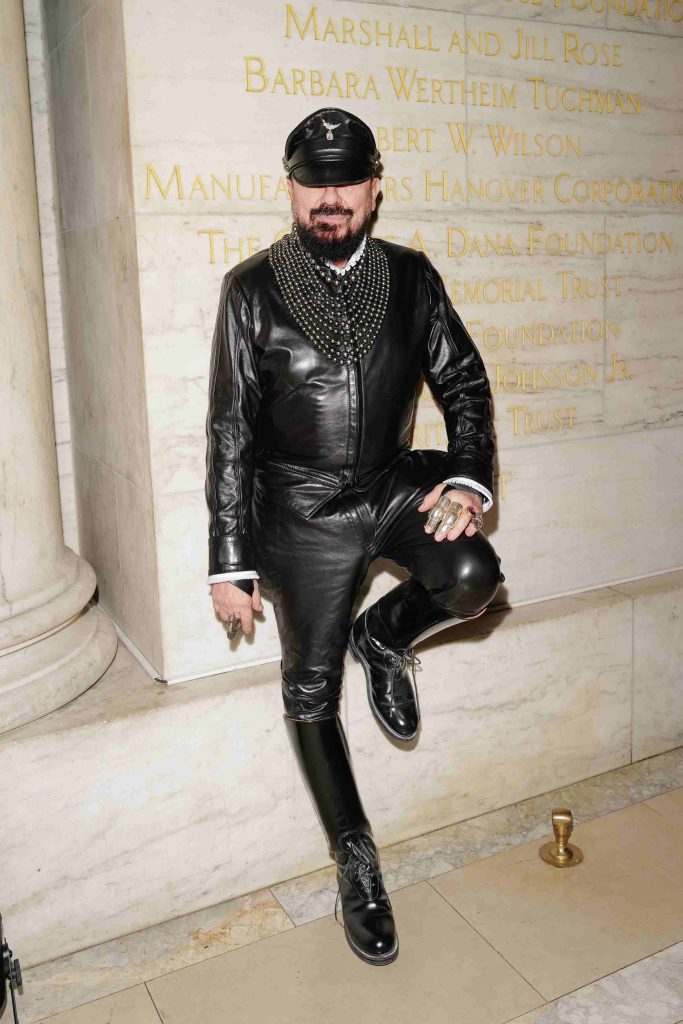“Louise Bourgeois. Unconscious Memories” at Galleria Borghese in Rome
A sensational new exhibition creates a dialogue about memory, between baroque masterpieces and contemporary art

The contrast between historic and contemporary art tends to be evocative. Sometimes, it creates meaning that helps to better understand both eras—as with the current exhibition “Louise Bourgeois. Unconscious Memories” in the rooms and gardens of the magnificent Galleria Borghese in Rome.

After Galleria Borghese hosted exhibitions dedicated to Azzedine Alaïa, Damien Hirst, Giuseppe Penone, Francis Bacon, Georg Baselitz and so many others, Louise Bourgeois marks the first monographic exhibition of a female artist at the gallery. And it is undoubtedly one of the best held in these halls.

Twenty of Bourgeois’ works inhabit the institution, where one can admire the best of her work, centered around themes such as metamorphosis, gender identity, trauma, dreams, and individual and collective memory. Her acclaimed spiders, the cells, fabric heads and marble sculptures are all present. The works appear in contrast alongside Bernini and Canova sculptures, Raphael and Titian paintings, and frescoed ceilings by Mariano Rossi and Domenico de Angelis.

Geraldine Leardi, co-curator of the exhibition with Philip Larratt-Smith and Cloé Perrone, explains, “This exhibition was conceived to talk about memory. The Galleria Borghese is the custodian of the memories of Cardinal Scipione Borghese, the founder, and Prince Marcantonio IV Borghese, who completely remade it in the second half of the 18th century. The theme of memory was a very sensitive one for Louise Bourgeois, so this could have been the common thread linking the will of the gallery’s first patrons. The gallery was born as a place of representation to show the extraordinariness and wonder of the collection. In this case, memory was an individual element that immediately translated into a collective sharing with the community. The patrons assembled a collection that entered the collective memory and is still built today.”

The memory of the place meets the memory of the artist in this exhibition. “Luise Bourgeois, on the other hand, is the bearer of a highly individual memory that she cultivates and sublimates through her production, especially with cells. But beware, individual memory becomes collective the moment it is shown, so it is a kaleidoscope of possible relationships between the concept of collective memory and the concept of individual memory that are traced starting with the gallery and ending with Louis Bourgeois,” Leardi says.

In addition to the unconscious aspects, there are the conscious ones. Perhaps memory is more related to the Borghese Gallery, and the “unconscious” part is more typical of Bourgeois. Leardi points out that “both are partakers of both aspects, in different manners and with different intensity. For example, ‘Cell (The Last Climb),’ with its blue glass spheres, is the work in which she declares an ascent to transcendence, a form of abandonment of material works. The message is not at all unconscious; it is evident. There is a spiral staircase going up; in my opinion, it is almost a testament. It was first shown in 2008 when she was 97 years old. She was near the end of her life, so it’s a statement, a manifesto, not at all unconscious.”
The spiral staircase in the center of the work converses perfectly with Gian Lorenzo Bernini’s “Apollo and Daphne,” “Rape of Proserpine,” and “David,” works that are among the most admired in the entire museum. It is no coincidence that Bourgeois herself visited this building in 1967 and was fascinated, as she wrote in her travel notes, “The city is a mess of every single historical period piled one atop the other right in the center of town. Fantastic! (…) for the Villa Borghese, I spent the afternoon there, both in the gardens and inside. It was wonderful. It is a dream, 6 Berninis.”

Leardi provided specific guidance about why some works were placed inside, and others outside the palace. “In some cases, it makes sense to create a dialogue; in others, it does not. For example, ‘Cell (The Last Climb)’ is set up inside the highest, largest, most important hall of the gallery; it is a work that has to be seen first because of its symbolic significance; it has a centrality in the overall idea of the exhibition, so it has to be displayed in the central place of the museum. The ‘Untitled Heads’ are displayed in the Hall of Emperors. They are made from fabric fragments that came largely from the workshops of her parents, who were tapestry restorers. They have been placed on porphyry tables and flank the busts with the heads of the emperors. There is no mimetic research. However, there is a desire for comparison between the twentieth-century and the seventeenth-century imperial heads that emulate the ancient,” she says.

During a visit, every time one encounters a Bourgeois work, it is a discovery of amazement. Leardi also had a few little surprises during the installation. “I love stones very much, and I must say I was struck by the granites on which ‘The Welcoming Hands,’ casts of Louise Bourgeois and Jerry Gorovoy’s bronze hands, are lying. I don’t know if this is correct from the point of view of Bourgeois’ intention. Still, I associated the granite bases that make me think of rootedness and the thin, slender bronze hands that reflect feelings of belonging, home, and friendship,” she adds.

Leardi also voiced that she would dream of keeping one Bourgeois work at Galleria Borghese. “I would keep the spider in the Giardino della Meridiana,” she says, “because it is a spider that wants to escape. It’s not a static spider. It’s a fleeing spider; it’s not happy to be there, and I must say it’s beautiful. The heads in the Salone degli Imperatori are also magnificent, but I would not keep them. The spider, we would keep it.”
The exhibition “Louise Bourgeois. Unconscious Memories” will be open to the public until 15 September 2024. Reservations are essential.













What are your thoughts?